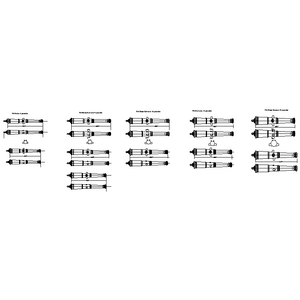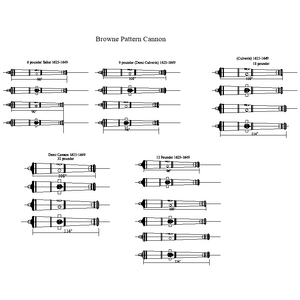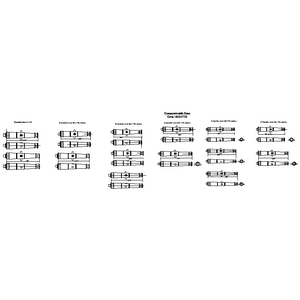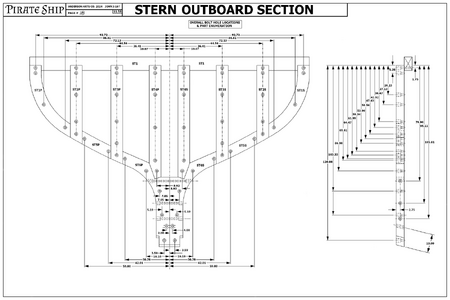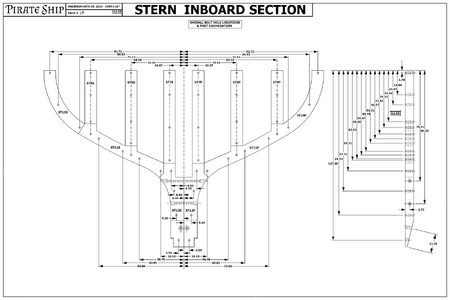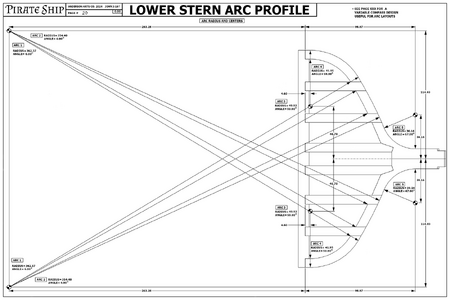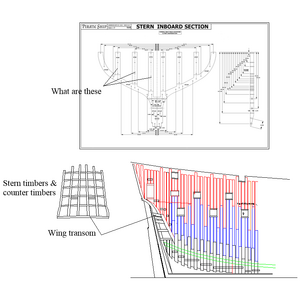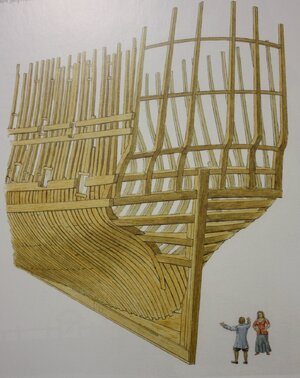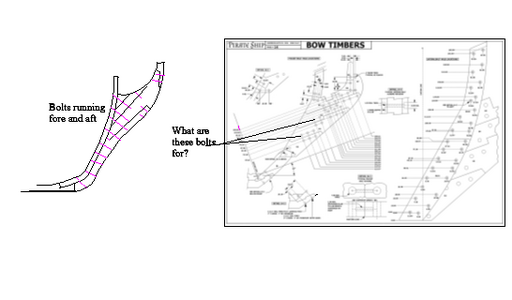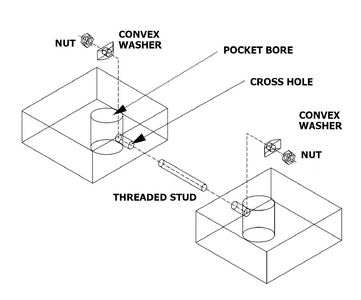- Joined
- Oct 31, 2023
- Messages
- 86
- Points
- 78

It is drawn to be printed at 24 x 36 inches.You should be able to just click on the image, save to your desktop, and then print it out. I've done a quick test, and the results printed out on my laser on 8.5x11 inch (letter size sheet) stock was very clear and legible. You could also take the .png files on a USB stick to a local print shop and have them print them out for you on larger sheets if you needed that.




